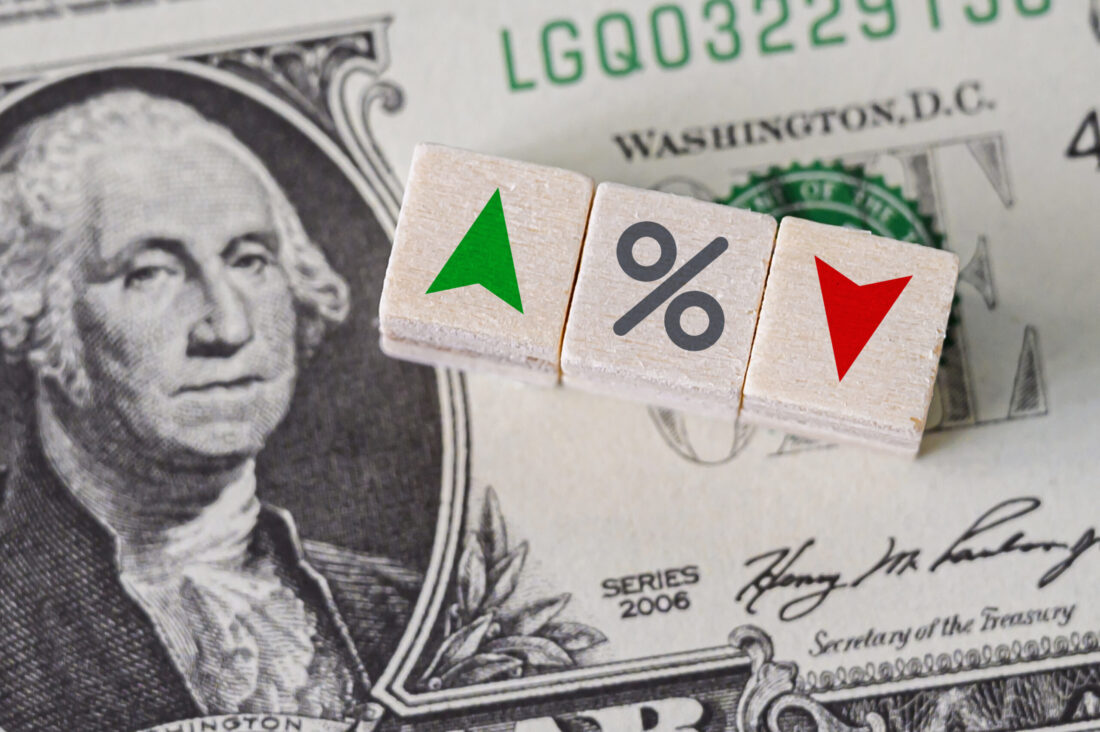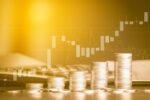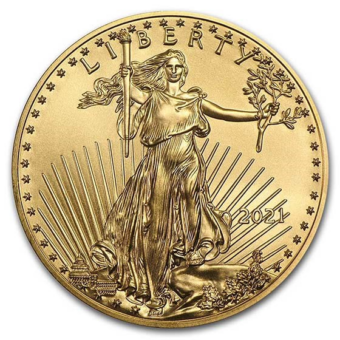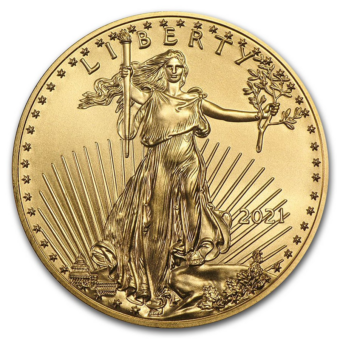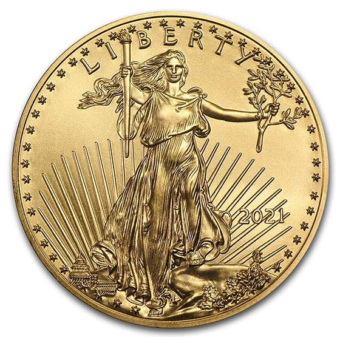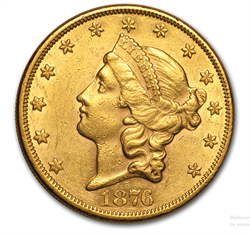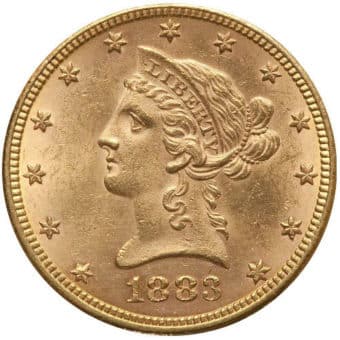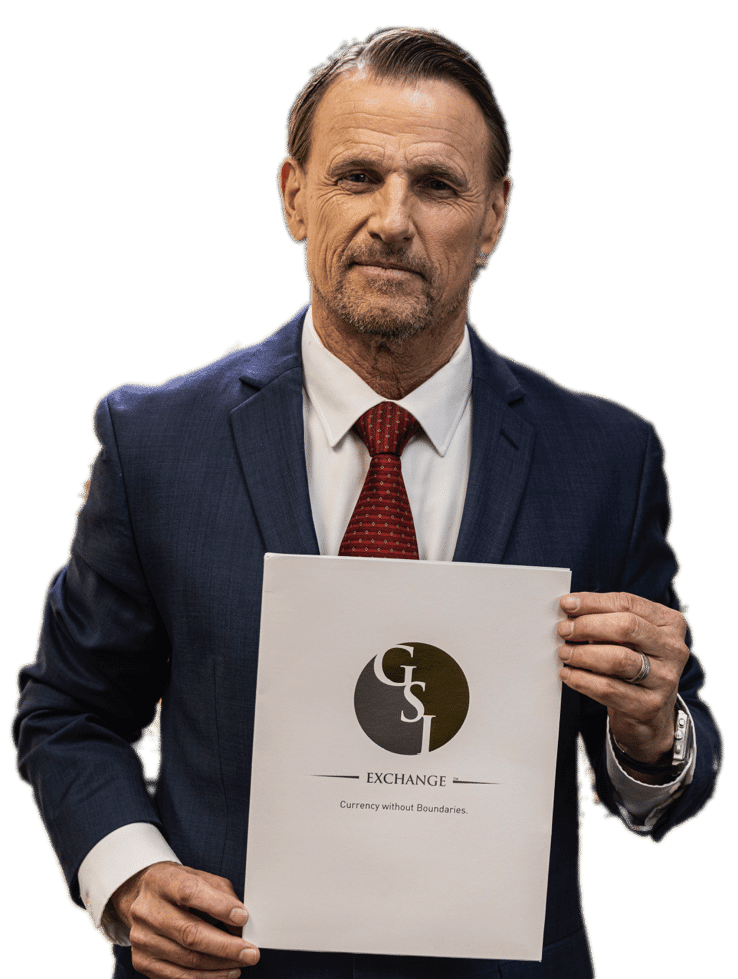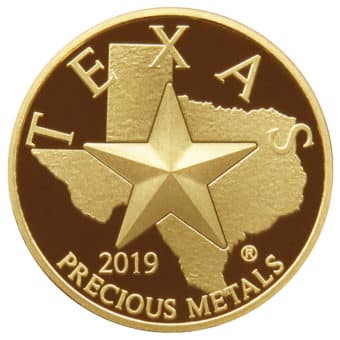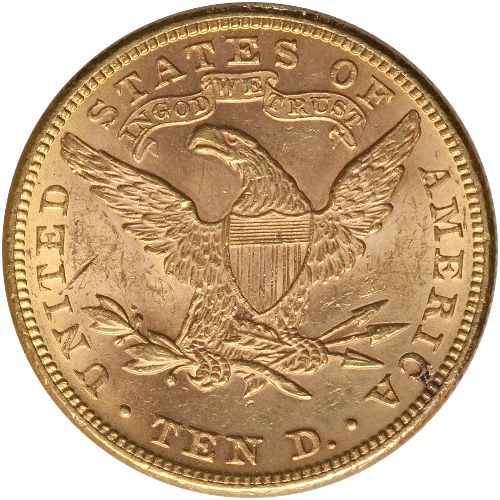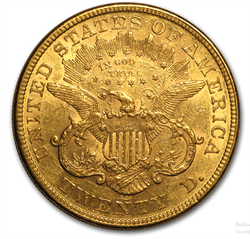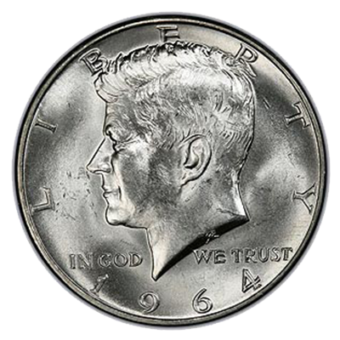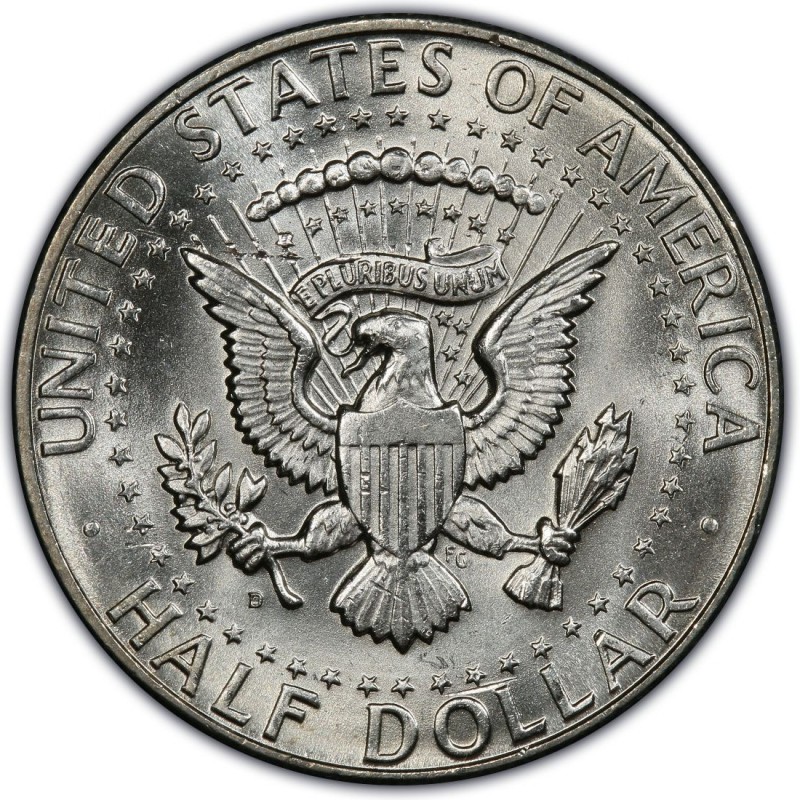A Daily Journey Through the Week's Market
Monday - 4.29.24: Gold and silver prices are modestly higher in early U.S. trading Monday, with June gold up $5.60 at $2,352.80 and May silver increasing by $0.148 to $27.40. The markets are relatively quiet but anticipative of a packed week of U.S. economic data, including a key Federal Reserve Open Market Committee meeting. No policy changes are expected, but Fed Chair Jerome Powell's statements will be keenly watched, especially after recent inflation data influenced expectations around interest rate cuts.
Tuesday - 4.30.24: Gold and silver prices are sharply lower in early U.S. trading Tuesday, with June gold down $35.40 at $2,322.30 and May silver down $0.803 at $26.57, ahead of a major central bank meeting anticipated to take a hawkish stance. The Federal Reserve's Open Market Committee meeting is set to begin soon, concluding Wednesday with a statement and press conference by Fed Chair Jerome Powell. Although no changes in monetary policy are expected, the marketplace will scrutinize Powell’s remarks closely, especially after recent U.S. inflation data has altered expectations for interest rate cuts. A Wall Street Journal article today suggests that the Fed is prepared to maintain higher interest rates for a longer period, influenced by higher-than-expected inflation rates in the first quarter.
Wednesday - 5.01.24: Gold and silver prices are modestly rebounding in early U.S. trading Wednesday. Market activity is subdued as participants await the conclusion of the Federal Reserve Open Market Committee (FOMC) meeting this afternoon. Although no adjustments to monetary policy are anticipated, the upcoming FOMC statement and Fed Chair Jerome Powell's press conference will be scrutinized for indications of future policy directions.
Thursday - 5.02.24: Gold and silver prices are modestly lower in early U.S. trading Thursday, experiencing some consolidation after a post-FOMC meeting rally. June gold has decreased by $1.70 to $2,309.30, and July silver has dropped by $0.213 to $26.535. Following the conclusion of the Federal Reserve's Open Market Committee (FOMC) meeting on Wednesday, the markets have largely absorbed the outcomes. The Fed kept interest rates unchanged, aligning with expectations, but noted a lack of progress towards its 2% annual inflation target, emphasizing a strong commitment to achieving this goal before considering any rate cuts. Fed Chairman Powell indicated that a rate hike is not imminent. The market's reaction was relatively subdued, with a relief rally in gold and silver prices as the
Friday- 5.03.24: Gold and silver prices rallied in early U.S. trading Friday following a disappointing U.S. jobs report, supporting views favoring Federal Reserve interest rate cuts this year. June gold and July silver saw slight declines in their prices to $2,309.30 and $26.535, respectively. The April jobs report revealed weaker-than-expected job growth and a slight uptick in unemployment, influencing some analysts to suggest that the Fed might cut rates later this year if inflation cools, aligning with what market bulls in precious metals hoped to see.
Bullish Signal for Gold: U.S. Jobs Report Misses Expectations, Fueling Rate Cut Speculations
Gold prices experienced a notable surge following the release of the U.S. April jobs report, which showed the economy added only 175,000 jobs, significantly below the anticipated 238,000. This underperformance, marking the weakest growth since November, coupled with a slight rise in the unemployment rate to 3.9%, has fueled speculation that the Federal Reserve might ease interest rates. The report also highlighted weaker-than-expected wage growth, which alleviated some inflation concerns, contributing to the bullish momentum for gold. As the U.S. dollar faced downward pressure, gold prices rallied from their support levels around $2,300, reflecting investor sentiment that the Fed may hold off on rate hikes, with some even anticipating a potential rate cut by the end of the year. This economic backdrop presents a promising outlook for gold investors, as the metal often benefits from lower interest rates and economic uncertainties.
Navigating the Currents of Gold Investment: A Deeper Look Beyond Market Turbulence
In recent times, gold and silver markets have exhibited significant volatility, with gold experiencing its sharpest decline in nearly two years, falling more than 4% in just two days. Despite this steep drop, gold prices remain significantly higher than earlier in the year, up by over 17% since mid-February. This correction, seen by analysts as a healthy adjustment within an overall bullish trend, comes amid shifting expectations regarding the Federal Reserve's monetary policy. With the Fed likely to maintain its current stance through the summer and possibly until after the 2024 U.S. elections, the outlook for gold continues to be influenced by higher bond yields and a stronger U.S. dollar. However, gold's traditional negative correlation with these factors has weakened, indicating a more complex dynamic at play.
The broader context for gold’s resilience includes global economic uncertainties, such as inflation and unsustainable debt levels in major economies, including the U.S. and China. These factors compel central banks and investors like billionaire Ray Dalio to increase their gold holdings as a hedge against potential crises. Dalio emphasizes gold's value as "good money," resistant to the usual devaluations affecting cash and bonds due to inflation and default risks. With central banks diversifying away from U.S. dollar holdings due to growing national debts, gold's role and relevance in financial portfolios are set to strengthen, suggesting a promising future for gold investments despite current market fluctuations.
Shifting Global Trade Dynamics: BRICS Moves Towards De-dollarization
The BRICS bloc, notably led by China and Russia, is making a strategic shift away from the US dollar by executing a $260 billion trade deal using local currencies, predominantly the Chinese Yuan and the Russian Ruble. This initiative is part of a broader movement to enhance economic independence and stability by reducing reliance on the US dollar in international transactions. The deal reflects a significant push towards de-dollarization, a trend that BRICS is encouraging among other developing nations as well. This move could reshape global financial systems, potentially diminishing the dollar's dominance and ushering in a new era of multipolar currency power in the coming decade.
First US Bank Failure of the Year: Philadelphia's Republic First Bank Seized by Regulators
Republic First Bank, a regional lender serving Pennsylvania, New Jersey, and New York, has been closed by regulators, marking the first U.S. bank failure this year. The Federal Deposit Insurance Corporation (FDIC) seized the Philadelphia-based institution, which had assets of approximately $6 billion and deposits of about $4 billion as of January 31, 2024. Fulton Bank, located in Lancaster, Pennsylvania, has agreed to take over nearly all of the bank's deposits and assets. The branches of Republic First will reopen as Fulton Bank locations, ensuring continuity for depositors who will have access to their funds through checks and ATMs immediately. This closure is projected to cost the deposit insurance fund $667 million, underscoring the increasing pressures on regional banks amid rising interest rates and declining commercial real estate values post-pandemic.
Gold and Silver Prices Buffeted by Diverse Economic Forces and Market Shifts
Gold and silver markets are currently experiencing significant volatility due to a mix of macroeconomic factors and changing market dynamics, as outlined by Heraeus analysts. Traditionally, gold has maintained a strong inverse correlation with the yields on 10-year US Treasury notes, where higher yields generally lead to lower gold prices due to the increased opportunity cost of holding non-yielding assets. However, this relationship has weakened significantly in 2024, with gold prices reaching all-time highs despite rising bond yields. This divergence is largely attributed to robust demand from Chinese investors and the People’s Bank of China, amidst economic challenges in China’s property and stock markets. Conversely, silver's supply dynamics are also fluctuating, with recovery in Mexico's production potentially offset by declines in Peru. These developments indicate a complex interplay of global economic policies, investor behaviors, and local market conditions shaping the precious metals landscape.
Global Debt Crisis Looms: WEF President Highlights Economic Challenges Ahead
Borge Brende, president of the World Economic Forum, issued a grave warning about the global economy's future during a special meeting in Riyadh, emphasizing that the world has not seen such high levels of debt since the Napoleonic Wars. Brende highlighted that global debt is approaching 100% of GDP, a situation last seen in the 1820s, and stressed the need for strategic fiscal measures to manage this debt without triggering a recession. He pointed out that global growth is projected at 3.2% this year, lower than the decades-long trend of 4%, signaling potential stagflation risks for advanced economies. Additionally, he discussed the impact of geopolitical tensions, such as those between Iran and Israel, which could further destabilize the global economy. Brende also sees generative artificial intelligence as a potential boon for the developing world, suggesting it could play a role in navigating these economic challenges.
China Leads BRICS in Substantial Reduction of US Treasuries Holdings
In a significant move signaling a shift away from the US dollar, China, as part of the BRICS bloc, has reduced its US Treasuries holdings by $74 billion over the last year, bringing its total down to $775 billion—the lowest since the formation of BRICS in 2009. This action reflects a broader strategy among BRICS nations, including India and Brazil, and prospective member Saudi Arabia, who are collectively reducing their dependence on US financial assets. The reductions are part of efforts to strengthen their own economies and currencies while decreasing reliance on the US economic system. Russian Foreign Minister Sergei Lavrov remarked on the trend, noting a "flight from the dollar" that he expects to accelerate, describing it as an irreversible shift away from the US's dominant financial position in the global economy.
South Korea Contemplates Expanding Gold Reserves Amid Market Uncertainty
As gold prices reach new heights, South Korea's central bank hints at potential future gold purchases to diversify its foreign exchange reserves, albeit not immediately due to recent price surges. Since 2011, when global economic uncertainties prompted its first gold buy in over a decade, South Korea has been cautious with its gold investments, currently holding 104.4 tonnes valued at $4.8 billion, a modest 1.1% of its total reserves. Kwon Min-soo, head of the Bank of Korea’s reserve management group, emphasized the need for stable and growing foreign exchange reserves before considering further gold acquisitions. This shift in strategy reflects a broader trend among central banks, including those of China, Russia, and Turkey, to reduce reliance on the U.S. dollar and hedge against economic uncertainties.
Echoes of the '70s: Rising Stagflation Fears Grip the U.S. Economy
Recent economic data from the U.S. has reignited concerns about a potential return to stagflation, a scenario characterized by sluggish economic growth and persistently high inflation reminiscent of the 1970s. Wall Street strategists are alarmed by inflation reports surpassing expectations and a marked slowdown in GDP growth to just 1.6% in the first quarter of 2024, the slowest since 2022. This unsettling combination of stagnating economic activity and rising core inflation, particularly in the services sector, is raising fears of stagflation, considered a worst-case scenario by the Federal Reserve. Despite previous signs of easing price pressures, recent data suggests inflation remains tenacious, complicating the Fed's path forward and dampening hopes for imminent interest rate cuts.
Powell's Firm Stance: Dismissing Stagflation Fears Amid Persistent Inflation
During a recent post-FOMC press conference, Federal Reserve Chair Jerome Powell reaffirmed the central bank's commitment to maintaining restrictive monetary policies, explicitly stating that concerns about stagflation are unfounded given current economic conditions. Despite holding the Fed Funds rate steady at 5.5%, Powell emphasized the need for ongoing vigilance against inflation, which remains slightly below 3%. Rejecting the immediate likelihood of rate hikes, he expressed confidence in the U.S. economy's robust growth and strong labor market, contrasting sharply with the economic turbulence of the 1970s known as stagflation. Powell also clarified that electoral politics play no role in the Fed's decision-making, focusing instead on data-driven approaches to ensure stable economic growth.
Next Week’s Key Events
MONDAY, May 6
● 12:50 pm: Richmond Fed President Tom Barkin speaks
● 6:00 pm: New York Fed President Williams speaks
TUESDAY, May 7
● 3:00 pm: Consumer Credit for April
WEDNESDAY, May 8
● 1:30 pm: Fed Governor Cook speaks
THURSDAY, May 9
● 8:30 am: Initial Jobless Claims for the week of May 5
FRIDAY, May 10
● 10:00 am: Consumer Sentiment (preliminary) for May
IMPACT ON PRECIOUS METALS MARKETS
Consumer Credit
An increase in consumer credit can signal consumer confidence and economic expansion, which might lead to higher interest rates to control inflation. Higher interest rates typically strengthen the dollar, making gold and silver more expensive for holders of other currencies, thereby potentially lowering their prices.
Fed Speeches
Similar to other Fed speeches, any new insights into economic policies or interest rate changes can affect market sentiment towards precious metals. Gold and silver are often seen as hedges against inflation and currency devaluation, so any hint towards increasing inflation could increase their appeal.
Initial Jobless Claims
This is an indicator of economic health with higher jobless claims often indicating a weakening economy. Such economic conditions can lead to lower interest rates, which could boost gold and silver prices as investors look for safe-haven assets.
Consumer Sentiment
The preliminary consumer sentiment index provides insights into consumers' perspectives on their financial conditions. A lower sentiment can indicate economic pessimism, potentially increasing demand for gold and silver as safe havens. Conversely, high consumer confidence might boost stock market investments at the expense of precious metals.


